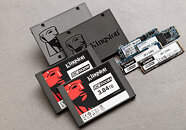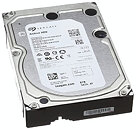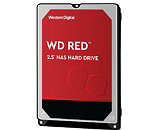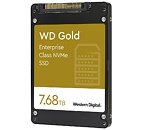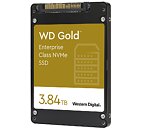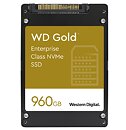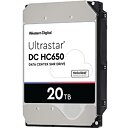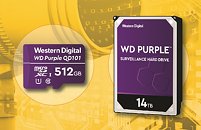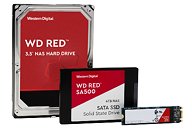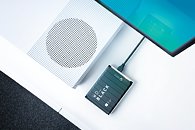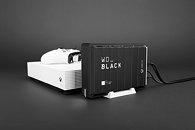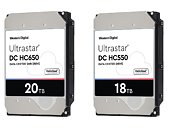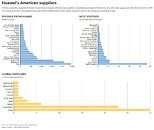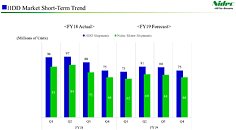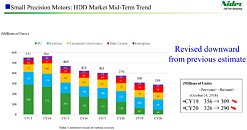
Kingston Technology Leads Channel SSD Shipments in 2019
Kingston Digital, Inc., the Flash memory affiliate of Kingston Technology Company, Inc., a world leader in memory products and technology solutions, today announced its SSD business continues to grow at a strong rate following an astounding 2019. SSD demand through Q1 2020 remained high due to continued growth in the client, enterprise and OEM sectors. Since 2019, Kingston has broadened its SSD portfolio with three new client SSDs, five data center-specific drives - two of which achieved VMware Ready status - and launched its first U.2 NVMe PCIe solution.
Market share data for 2019 from analyst research companies Forward Insights and TRENDFOCUS showed Kingston in a strong leadership position. Forward Insights ranked Kingston in first place in worldwide channel SSD shipments with 18.3 percent market share, ahead of semiconductor manufacturers Western Digital and Samsung (16.5 percent and 15.1 percent, respectively). According to Forward Insights, almost 120 million SSDs were shipped in the channel in 2019.
Market share data for 2019 from analyst research companies Forward Insights and TRENDFOCUS showed Kingston in a strong leadership position. Forward Insights ranked Kingston in first place in worldwide channel SSD shipments with 18.3 percent market share, ahead of semiconductor manufacturers Western Digital and Samsung (16.5 percent and 15.1 percent, respectively). According to Forward Insights, almost 120 million SSDs were shipped in the channel in 2019.
